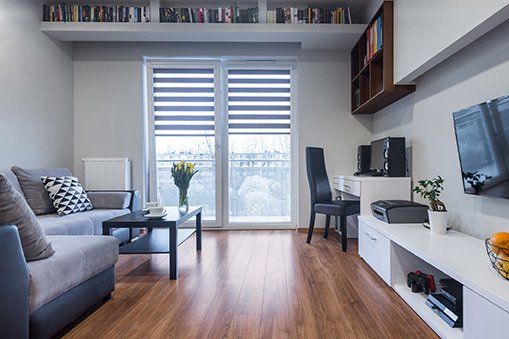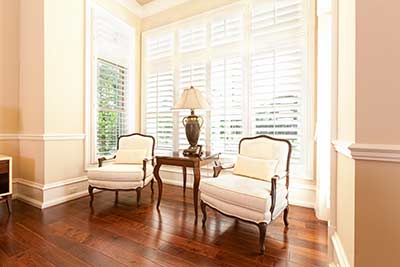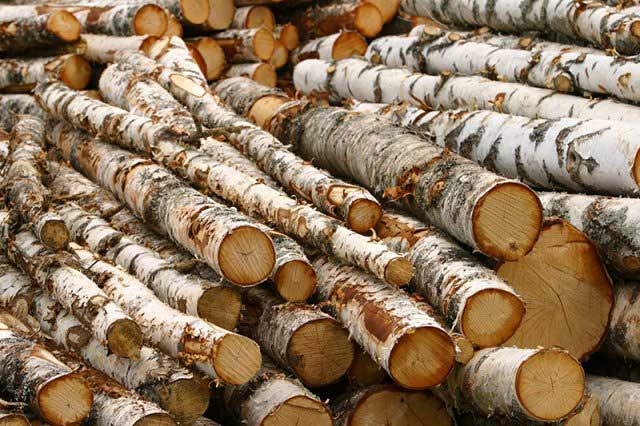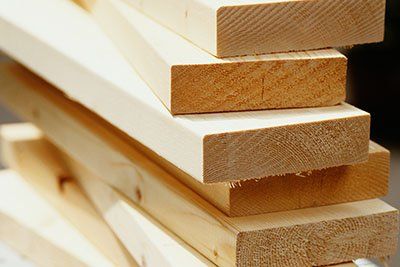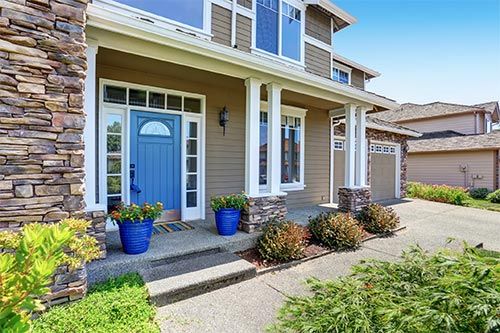Expand Living Space in a Tiny Home With a Porch or Sunroom
- By Admin
- •
- 02 Jun, 2018
- •
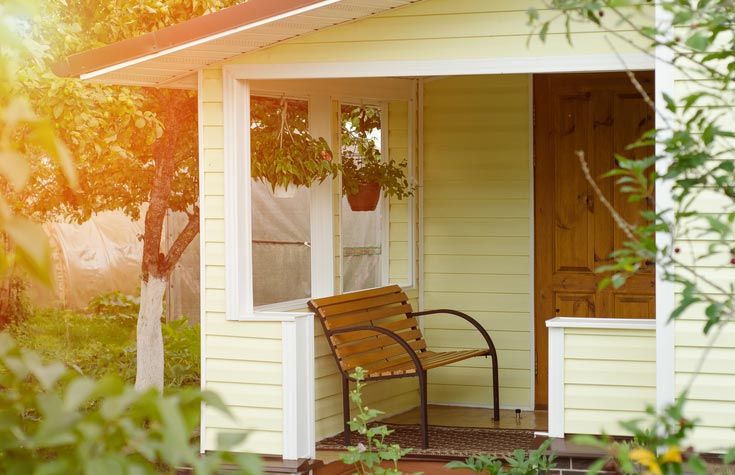
Keep Things Simple
If you want to start enjoying your new outdoor space by the weekend, then keep it simple. Go with an overhead structure that has a roof. Then buy lumber and materials to frame-up your project. This is an easy and inexpensive DIY project, but if you lack building expertise, you can get it done quickly by hiring a contractor.
Buy What You Need
An even-faster approach is to buy a prefabricated storage shed, pergola, or outdoor structure that can be converted to a clever and cohesive four-season space. This structure can be attached or adjacent to your primary structure. Greenhouse frames also make an efficient structure that can be used as a sheltered, outdoor space.
While some vendors may deliver and set-up your structure for free, others may not, so remember to figure in the costs of having your purchase delivered to your property.
Go Custom
Work with a carpenter that specializes in custom projects to optimize the space outside and around your tiny home. Visit lumber retailers that offer custom millwork that fits your needs, and is cohesive with the primary structure that you are augmenting.
Try to Be Green
Make your porch or sunroom an environmentally-friendly project by using recycled materials to save money and reduce your carbon footprint. It is possible to build a cool and contemporary sunroom from salvaged windows, purchasing or recycling lumber to frame your space. Old barn wood is always a good find, but it may be a better accent or finishing material.
Go Up
It may be possible to execute a two-story porch, particularly if your tiny home has a loft, gambrel, or high-pitch. This won't be as feasible in homes on axles that are mobile but can add significant storage potential for homeowners. Talk to a contractor about plans, or visit retailers for lumber, supplies, and scaffolding
Consider Permanence
Is your tiny home permanently situated or are you mobile? This makes a big difference in the mostpractical approach for your home's living space. For example, fold-down porches are easily moved for non-permanent tiny home situations, only requiring basic skills and lumber to implement.
You can go a bit bigger than the standard three-foot-square fold-down porches seen on many tiny houses; consider fold-downs for the entire length of your home, rather than the width, for space that you can lounge and move-around on.
Get Cozy
If you are concerned that your sunroom or addition will be chilly during inclement weather, then your addition could be the ideal spot for a fireplace. The fireplace could be enough heat to warm spaces with only half-walls or partitions in some milder climates. Again, this is an endeavor that is reserved for tiny homes in permanent locations.
Creating Connections
f there is more than one tiny home or property on your lot, consider adding an open-air sunroom to connect two structures, two homes, or even two storage trailers. Many tiny homeowners are finding that two tiny houses are far better than one, and the sunny, glassed-in space between is the perfect breezeway adding additional footage to their home.
Visit Lyons Lumber Co. to find exactly what supplies you need to add to your tiny home. A porch or sunroom can provide enough extra space for entertaining, everyday living, and your future needs.
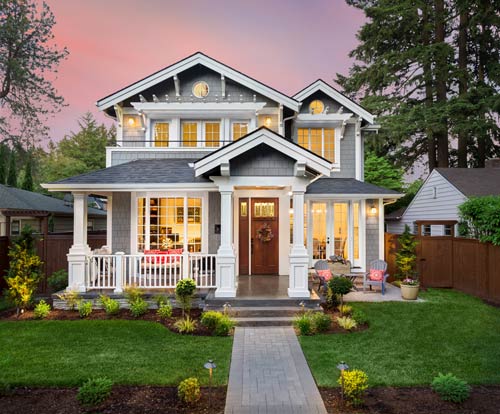
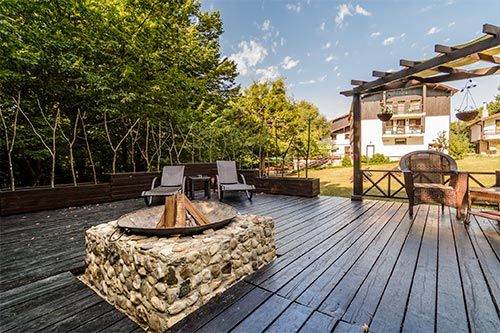
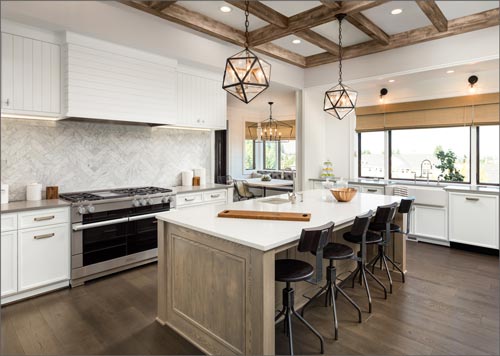
Before you have paint mixed, you need to know the type of finish you want. The finish is the sheen that paint colors give off, especially when light is shone on them. Some paints are shinier than others and therefore more appropriate with certain colors or applied in particular rooms.
Here is a guide to help you choose the best finish for your interior paint depending on your needs and desires for each room.
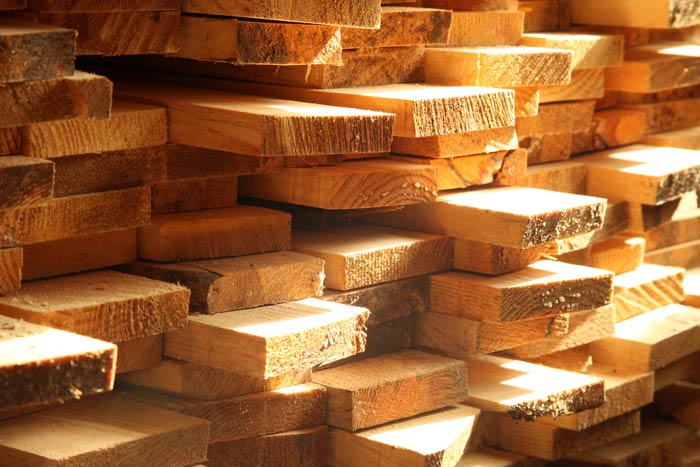
When it comes to choosing the right lumber for a specific home project, the decision begins with the type of wood. All lumber, from the common 2x4 to specialty marine plywood, is either pressure treated or not. Pressure treated wood does last longer without rotting and resists insect damage, but it's not right for every purpose either.
Not sure whether you need pressure treated wood or should avoid it for a particular use? Learn when to use both types of lumber, so your project goes smoothly, lasts as long as possible, and puts you and your family at as little risk as possible.
